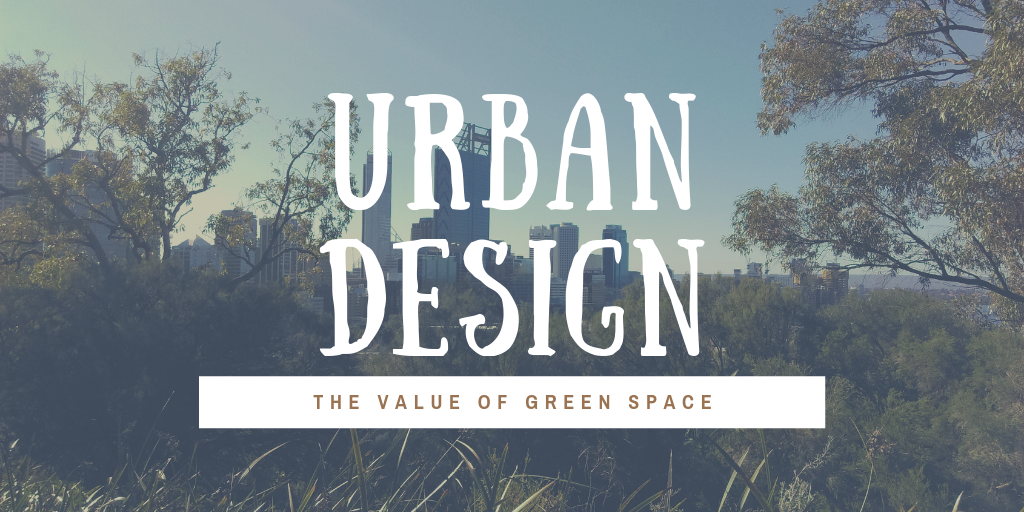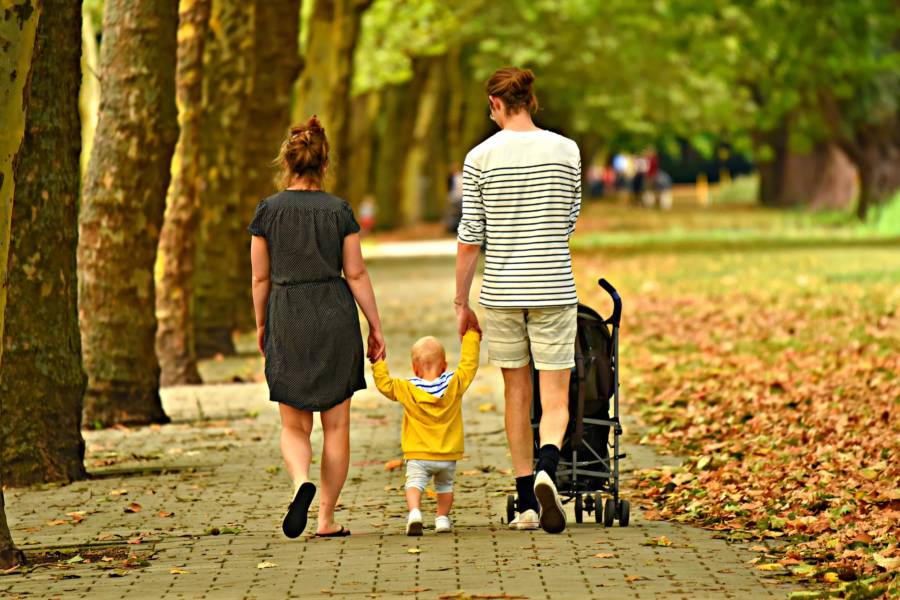 With our ever-growing populations, where approximately 55% of people live in urban areas or cities (Meredith 2018), urban design is becoming increasingly important. Living in population dense areas provides security and convenience for people, but it can have disastrous consequences for the natural environment in terms of flora, fauna and climate. Having green space within urban areas is important to health, the environment and the economy. These spaces can be as small as your local park or as big a Central Park in New York, each doing their part to provide for a better future, here are just a few of the major benefits.
With our ever-growing populations, where approximately 55% of people live in urban areas or cities (Meredith 2018), urban design is becoming increasingly important. Living in population dense areas provides security and convenience for people, but it can have disastrous consequences for the natural environment in terms of flora, fauna and climate. Having green space within urban areas is important to health, the environment and the economy. These spaces can be as small as your local park or as big a Central Park in New York, each doing their part to provide for a better future, here are just a few of the major benefits.
Benefits to green space
The benefits of green spaces can be grouped into several categories, the main ones being; health, environment and the economy. These aspects are sometimes either not understood or can be underappreciated.
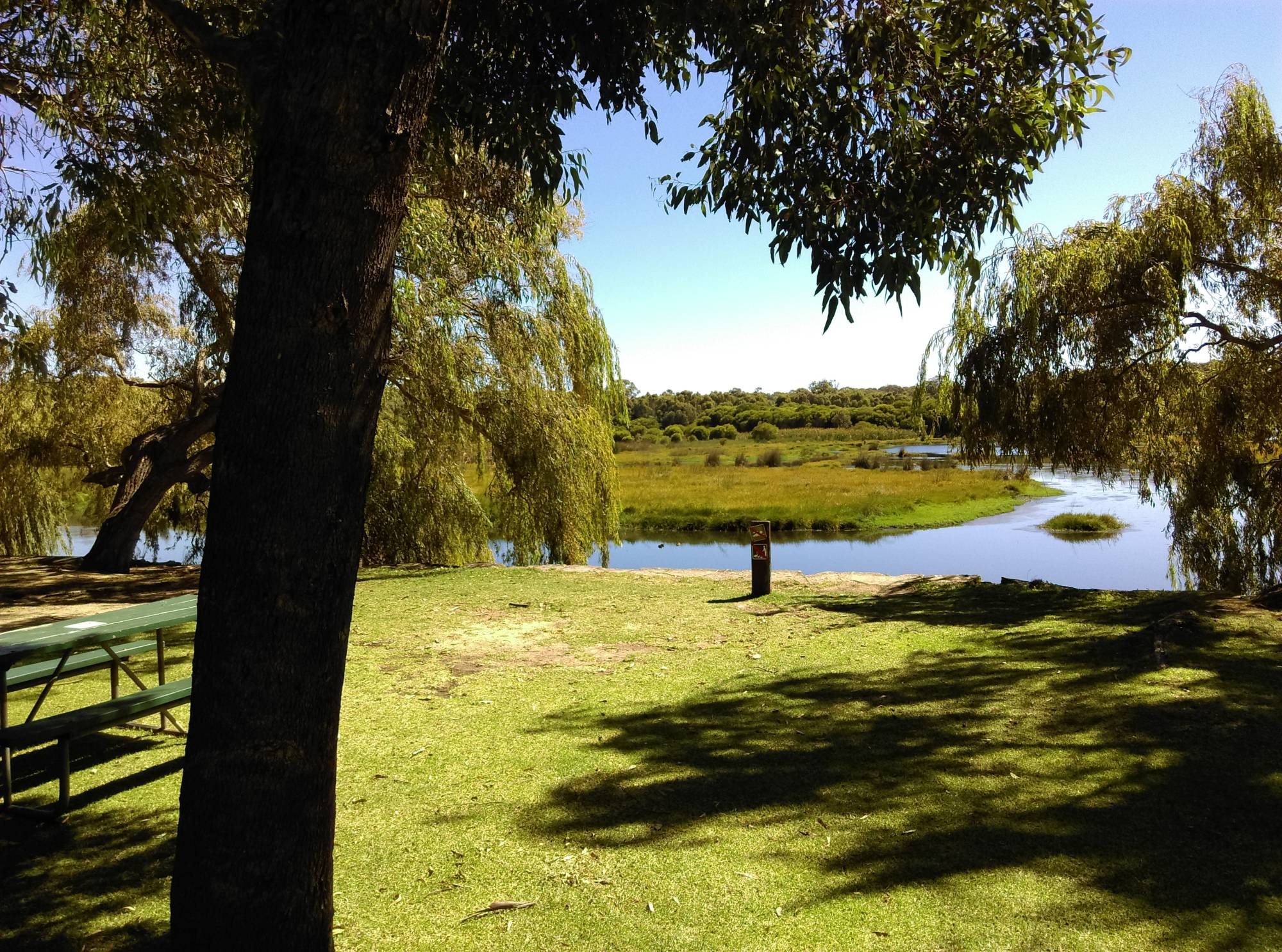
Green space promotes good health (WHO 2016); first of these benefits are improved relaxation and restoration from having contact with nature and green spaces. A large number of physical fitness activities in urban areas are also conducted in green spaces, such as biking, jogging and group fitness classes. This in-turn also promotes community engagement and social relationships which is important for our mental health and wellbeing. As most green spaces also provide play equipment, this gives our children the added health benefit of getting outdoors, burning off some energy and socialising with other children and being part of the bigger community.
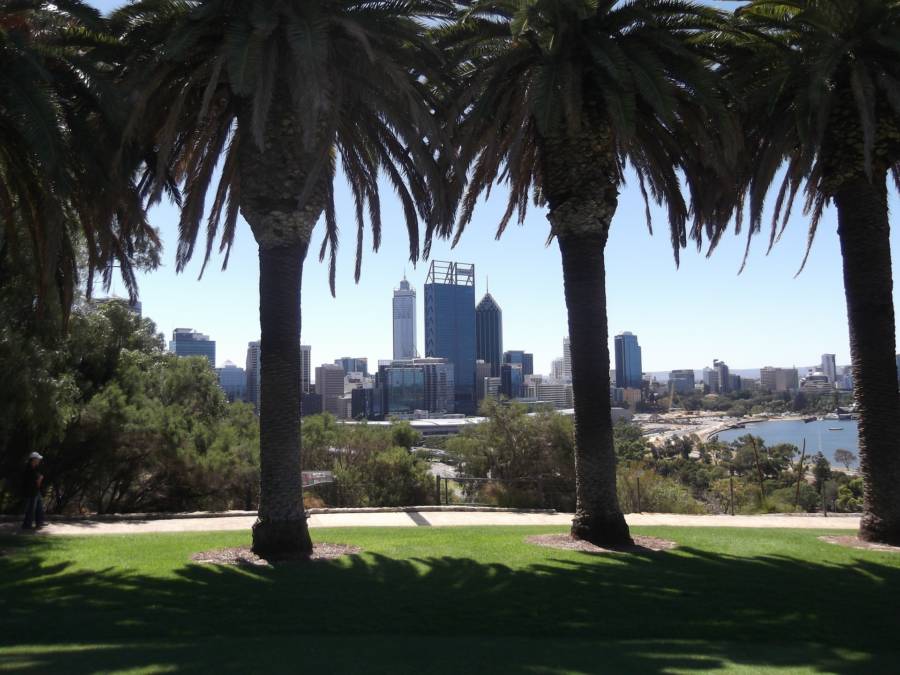 Health benefits are not only on a personal level but having green spaces also reduces the urban heat island effect (UHIE). The UHIE comes from the build-up of heat from the abundance of dark surfaces, concrete and asphalt found in urban areas; this creates a warmer environment and is a factor in the creation of smog. Green spaces can address this phenomenon through evaporative cooling (Mcgrath 2008); the air provides the heat that drives evaporation, causing the air to lose heat and cooling the surrounding area.
Health benefits are not only on a personal level but having green spaces also reduces the urban heat island effect (UHIE). The UHIE comes from the build-up of heat from the abundance of dark surfaces, concrete and asphalt found in urban areas; this creates a warmer environment and is a factor in the creation of smog. Green spaces can address this phenomenon through evaporative cooling (Mcgrath 2008); the air provides the heat that drives evaporation, causing the air to lose heat and cooling the surrounding area.
It is well known that vegetation creates cleaner air through the removal of CO2 and pollutants. Thus any vegetation, large or small will increase the quality of air in the environment. Green spaces, also through vegetation and unpaved areas provide a greener, cheaper and more efficient way of stormwater collection.
 Another massive environmental benefit of green areas being incorporated into urban design is to maintain ecosystems by providing natural habitats for our fauna. Each area, no matter how small will be home to an ecosystem full of life. Which, in a world where development is rapid, is required to maintain some of the native populations. Designing urban areas with as many green spaces as possible and spacing them appropriately (although known fragmentation) can provide a space in which fauna can move between these areas and not be completely isolated.
Another massive environmental benefit of green areas being incorporated into urban design is to maintain ecosystems by providing natural habitats for our fauna. Each area, no matter how small will be home to an ecosystem full of life. Which, in a world where development is rapid, is required to maintain some of the native populations. Designing urban areas with as many green spaces as possible and spacing them appropriately (although known fragmentation) can provide a space in which fauna can move between these areas and not be completely isolated.
There are many different economic benefits associated with urban green spaces. The top value being an increase in property value, whether it be a privately-owned house or a place of business. Having a green space nearby as a business can play a big part in client satisfaction, employee productivity and even every-day business costs. Having a business located near green space can even reduce air-conditioning costs by reducing the UHIE in the immediate area.
The importance of green spaces in urban planning is undeniable. It affects not only the environment but also the economic value and status of a business and home. Living and working near green spaces are also known to improve mental health and wellbeing and employee productivity. In all these benefits equate to a happier and healthier lifestyle for everyone.
Download PDF: ISPL Insight – Urban Design – The Value of Green Space
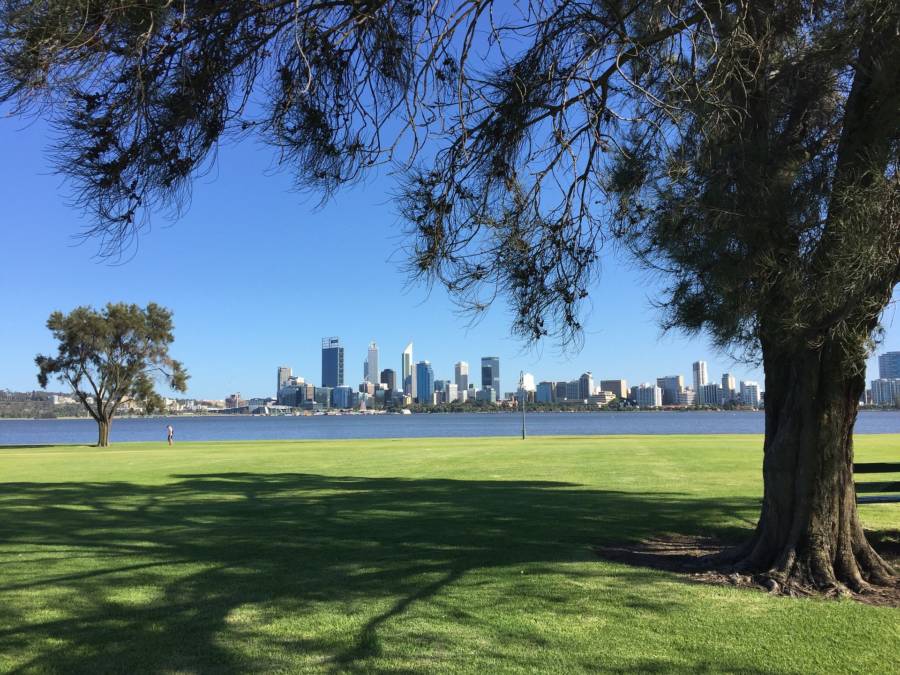
References
ICUN. 2016. ICUN: Cities are landscapes too: Green infrastructure for healthy forests, water and people. March 11. Accessed April 25, 2019. https://www.iucn.org/content/cities-are-landscapes-too-green-infrastructure-healthy-forests-water-and-people.
Mcgrath, Jane. 2008. “How Stuff Works: What is the urban heat island effect?” How Stuff Works. April 29. Accessed April 28, 2019. https://science.howstuffworks.com/environmental/green-science/urban-heat-island1.htm.
Meredith, Sam. 2018. CBNC. May 17. Accessed April 28, 2019. https://www.cnbc.com/2018/05/17/two-thirds-of-global-population-will-live-in-cities-by-2050-un-says.html.
ParliamentUK. 2016. www.parliamentUK.com. October 17. Accessed April 28, 2019. https://researchbriefings.parliament.uk/ResearchBriefing/Summary/POST-PN-0538.
WHO. 2016. Urban Green Spaces and Health: A review of evidence. Copenhagen: WHO Regional Office For Europe.
—. n.d. World Health Organisation; Health and Sustainable Development. Accessed May 28, 2019. https://www.who.int/sustainable-development/cities/health-risks/urban-green-space/en/.

